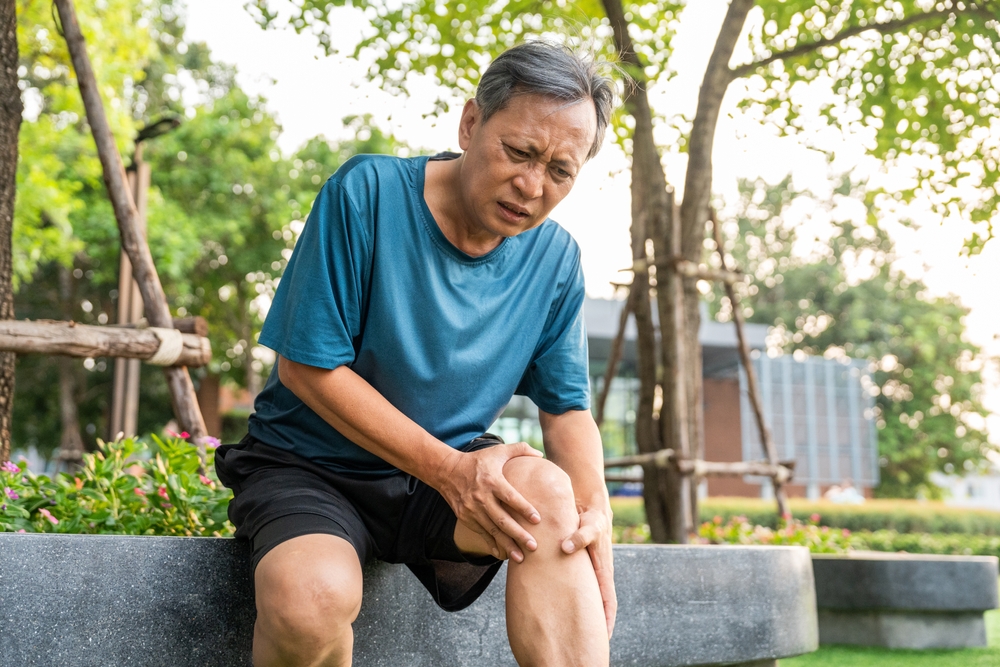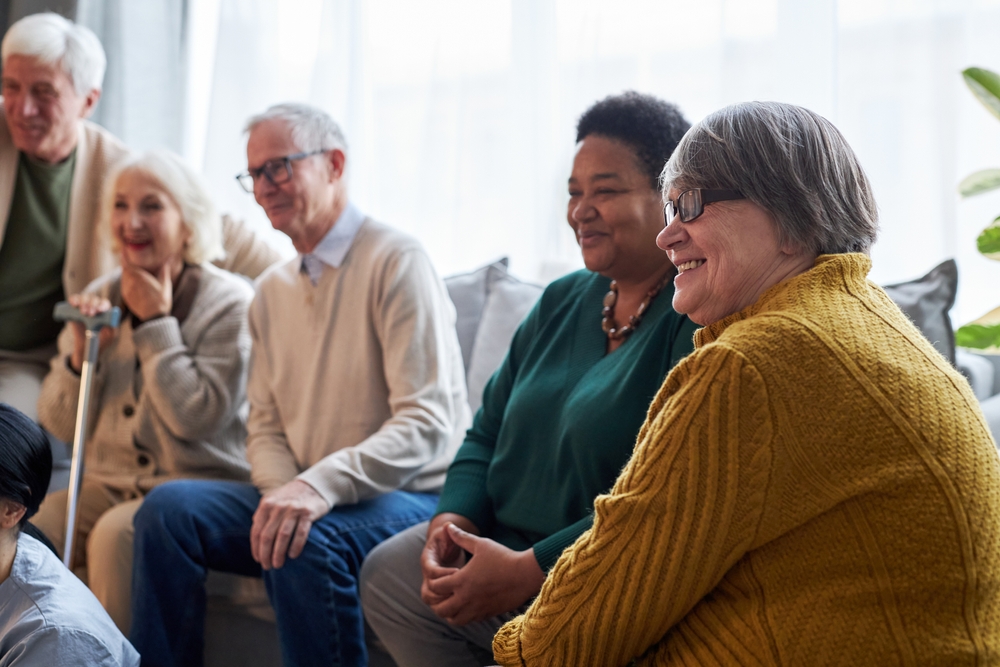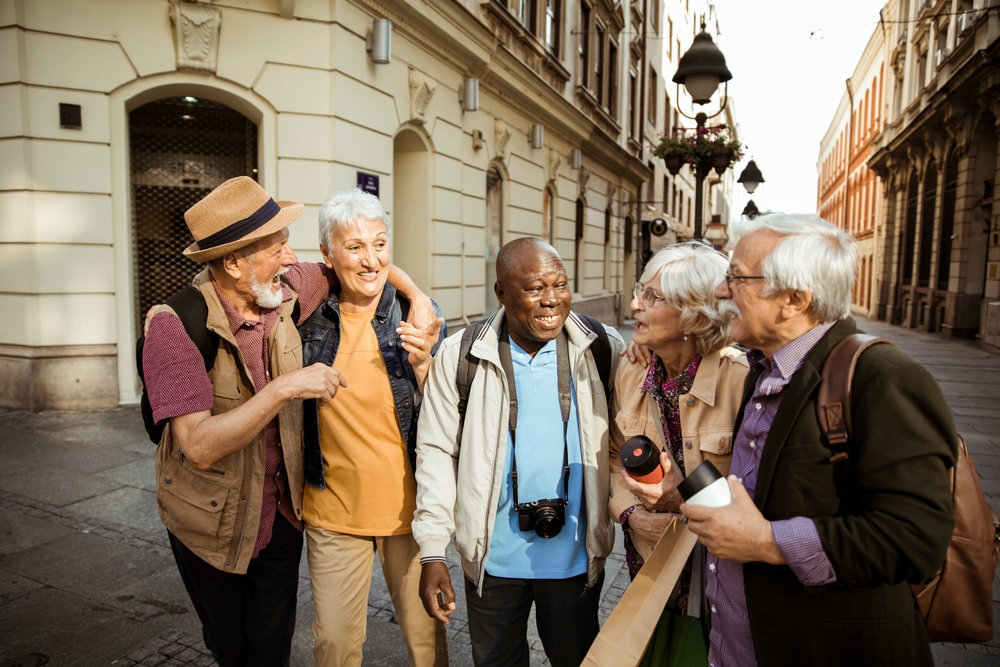How to Deal with Elderly Incontinence

Incontinence can be embarrassing to talk about. But like so many things in life, ignoring the problem generally makes things worse rather than better. Left untreated, incontinence can sap a person of their confidence or even push them into seclusion, which is why it can be important to learn about how to deal with elderly incontinence head-on.
What to Do About Incontinence in the Elderly
Many things can cause or contribute to incontinence. For men, an enlarged prostate can press against the bladder. For women, pelvic organ prolapse can cause the bladder and urethra to fall out of sync. It can be the result of weakened bladder or pelvic floor muscles, and it can be the result of nerve damage related to Parkinson’s or diabetes. Somewhat ironically, even dehydration can contribute.
The first step in dealing with incontinence in the elderly is to talk with a doctor, who will perform a variety of tests to determine the most likely cause. That’s because there are several kinds of incontinence, and successful treatment depends on isolating all the contributing factors.
For example, functional incontinence is when a person has normal bladder control, but isn’t able to reach the bathroom quickly enough due to conditions that limit their mobility. Overflow incontinence occurs when urine leaks from a bladder which remains partially filled after urination. That could be the result of diabetes, an enlarged prostate, and several other conditions.
Urge incontinence involves a sudden strong urge to urinate, which can result from stroke, Parkinson’s disease, Alzheimer’s, and other health problems. There’s also mixed incontinence, which is a combination of the other types. Different causes will have different solutions.
Dealing with Incontinence Issues in the Elderly
Once a physician has narrowed down the causes, there are a variety of solutions you can pursue to address incontinence in the elderly. Urinating on a schedule, sometimes called timed voiding, can make it easier to deal with overflow and urge incontinence. If weak pelvic muscles are a contributing factor, pelvic muscle exercises may help strengthen the ability to stop urinating.
For people who are having trouble with awareness of their body’s signals, biofeedback sensors are often able to help. Some medications can help the bladder empty more completely, while others can help prevent leakage.
Usually, incontinence help for elderly people can be fairly non-invasive. But surgery is sometimes the best way to treat incontinence in the elderly, most typically in cases where the problem is caused by bladder positioning or blockage.
How to Help the Elderly with Incontinence Issues
As is almost always the case, lifestyle changes can help reduce incontinence as well. Quitting smoking, alcohol, and caffeine can all reduce the frequency of incontinence. Avoiding drinks before bedtime can help, provided that loved ones are drinking plenty of fluids during the rest of the day.
Sometimes the solution to incontinence is as simple as keeping paths to the bathroom free from clutter. Other times, things are a little more complicated. But with a little help, it’s usually possible to alleviate or eliminate these issues. In doing so, you may help to restore a loved one’s confidence.
Subscribe
Date: 2019-10-15


